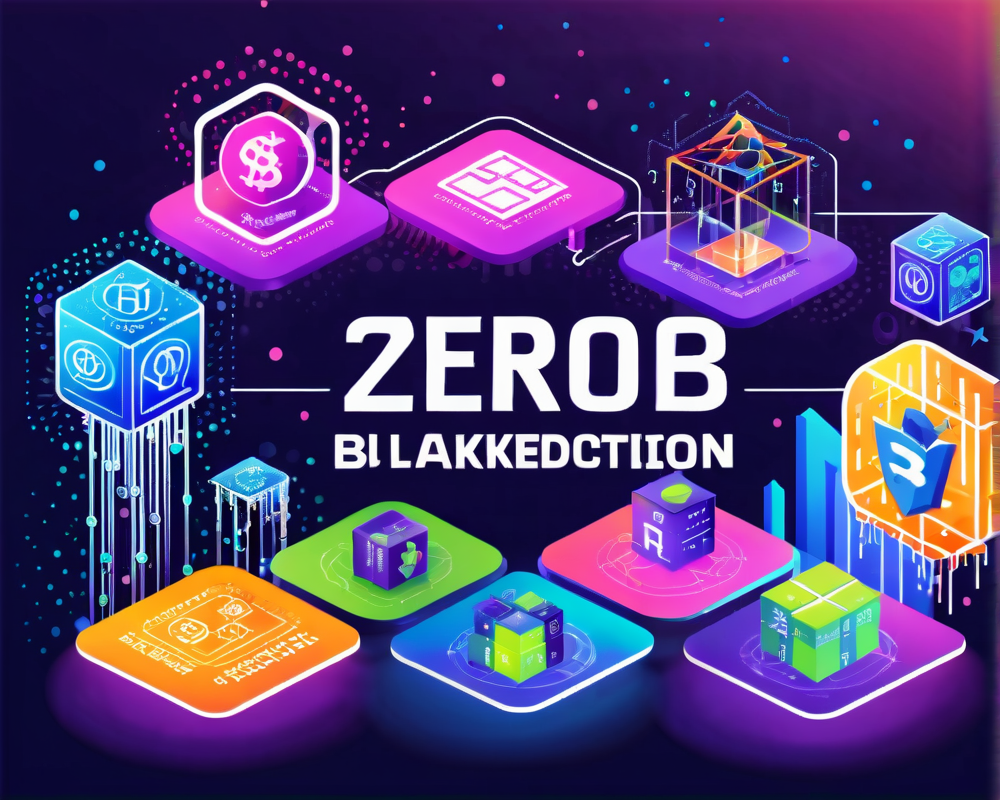Introduction: The Call for Transparency in Crypto
The catastrophic collapse of significant crypto ecosystems like FTX and Terra in 2022 has underscored the urgent need for transparency around the actual reserves held by crypto exchanges. In response to growing concerns, Bitfinex was prompted to reveal its proof of reserves to the public, joining a broader movement amongst exchanges to rebuild investor confidence amid mounting fear, uncertainty, and doubt (FUD).
Bitfinex’s Commitment to Transparency
On November 11, Paolo Ardoino, Bitfinex’s chief technology officer, shared a detailed list of the company’s main wallet addresses on GitHub. His post included both cold and hot wallet addresses and indicated that Bitfinex holds substantial assets:
- 204,338.17967717 BTC
- 2,018.5 L-BTC (Liquid)
- Approximately 1,000 BTC on the Lightning Network
- 1,225,600 ETH
This move was aimed at alleviating users’ concerns regarding the exchange’s liquidity and solvency.
Open-Source Efforts: The Antani Library
In addition to sharing proof of reserves, Bitfinex plans to revive its open-source library, Antani, which was first developed back in June 2018. Antani aims to provide transparency around proof of solvency, custody, and off-chain delegated proof of vote. Ardoino highlighted that this would allow users to verify their balances cryptographically without compromising their privacy.
“The library will enable users to confirm the existence of their funds and eliminate depegging risks,” Ardoino noted.
Community Reactions and Critiques
The community’s response to Bitfinex’s publication was generally positive, signaling a recognition of the need for transparency during turbulent times. However, some community members pointed out that the information provided lacked completeness, specifically that liability figures were excluded from the released data.
Broader Industry Context: Competing Exchanges Step Up
As part of the response to the ongoing FTX fallout, other major exchanges like Binance, OKX, Kucoin, and Crypto.com have committed to sharing their proof of reserves as well. This collective response signifies an industry-wide push toward greater transparency in operations moving forward. Notably, OKX and Kucoin aim to have their proof of reserves available within a month.
Record Outflows and Hardware Wallet Demand
In the wake of the FTX debacle, cryptocurrency exchanges experienced substantial outflows as users rushed to secure their assets. The hardware wallet provider Ledger experienced a temporary server outage due to this surge, with CEO Charles Guillemet attributing it to the significant shift toward self-sovereignty and enhanced security solutions following the FTX crisis. He noted:
“After the FTX earthquake, there’s a massive outflow from exchanges to Ledger security and self-sovereignty solutions.”
Conclusion: A Transformative Moment for Crypto
The events surrounding FTX have catalyzed significant discussions about accountability, risk management, and transparency in the cryptocurrency space. As exchanges like Bitfinex take essential steps to provide proof of reserves and enhance user confidence, the industry prepares for a future where trust and transparency could redefine how digital assets are managed and perceived.




